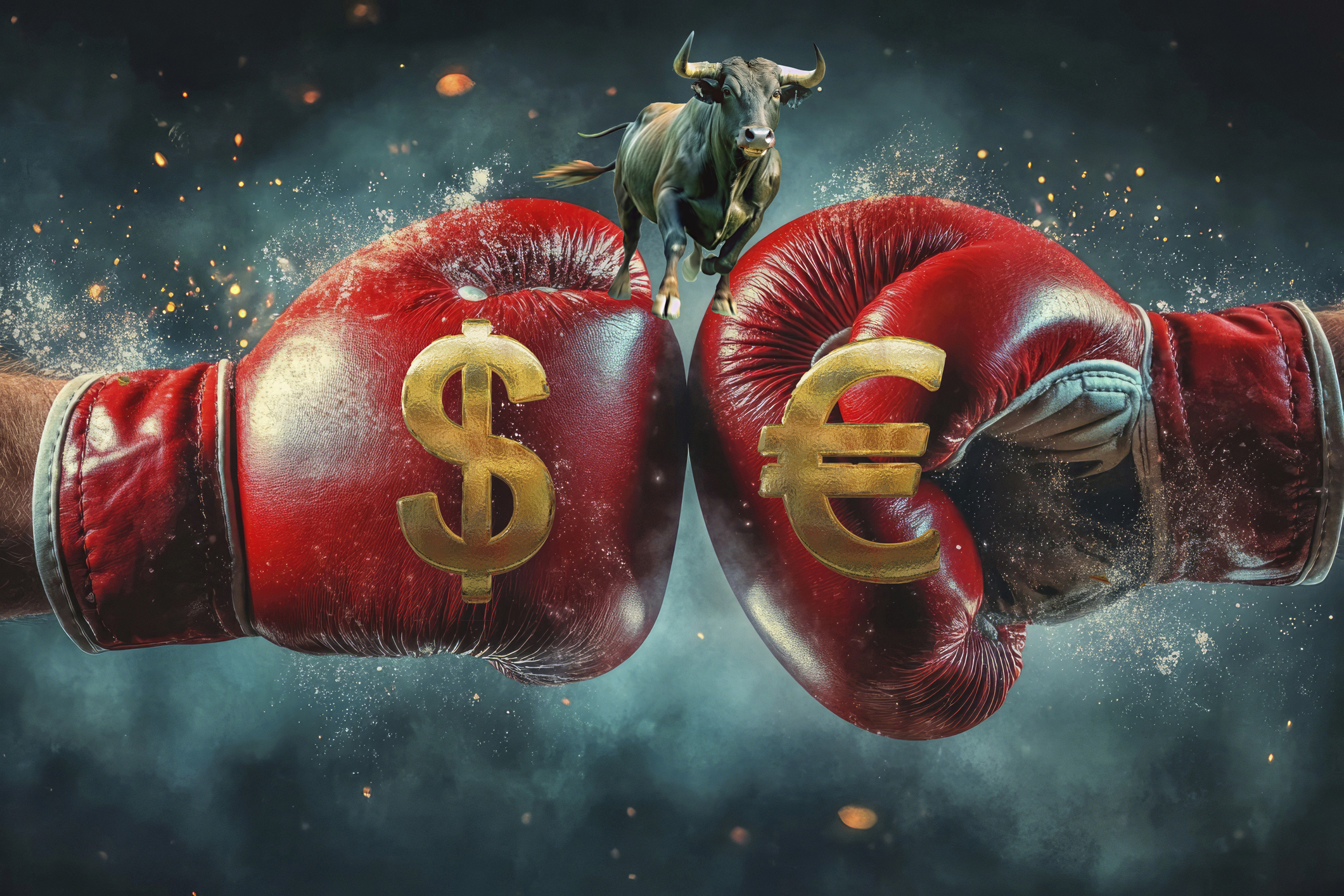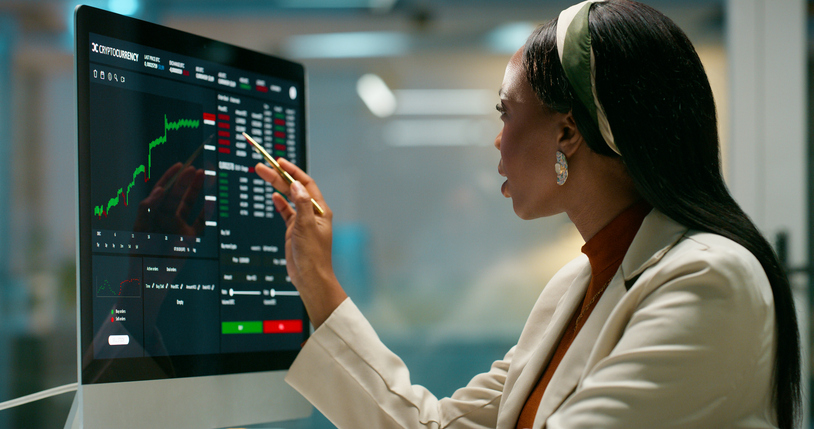If You Put $500 in a CD for 5 Years, Here's How Much Money You'd Have
Discover how much you can earn by placing $500 in a long-term CD.
With a certificate of deposit (CD), you'll earn a guaranteed rate of return on your hard-earned cash, helping you grow your savings, risk-free. Putting your money in a CD can help you earn hundreds of dollars in interest, with zero effort on your part.
If you put just $500 in a five-year CD with one of the highest APYs on the market, do you know how much you'll earn? It might be more than you'd think, considering all you had to do was "set it and forget it."
Our article covers how a CD works and how much you can save by depositing $500 into one.
How a CD works
A certificate of deposit, or CD, is a type of savings account that holds money for a fixed period of time, typically ranging anywhere from three months to five years. It makes them a smart savings option if you already have an emergency fund and want to save for other short-term savings goals.
They also have fixed interest rates. If the Fed continues to cut rates in the future, which could be a very likely outcome, if you lock in a rate soon, you won't have to worry about diminishing returns. Just make sure you can commit to the term, or you run the risk of incurring early-termination fees.
You can find the right CD term for you using this Bankrate tool:
If you put $500 in a CD for 5 years, here's how much money you'd have
How much money will you earn with a CD? If you put $500 into a 5-year CD, here's how much you'd earn, based on some of the best rates available today:
- SchoolsFirst Federal Credit Union: $108.33
- Marcus by Goldman Sachs: $105.41
- Credit Human: $102.50.
By saving in any one of the above CD accounts, you'll earn over $100 by the time your CD matures — all you have to do is open the account and wait.
Try our savings calculator to see how much you’ll earn depending on different deposit amounts and maturity dates.
Before opening a CD, compare interest rates, early withdrawal penalties and whether there are any other fees associated with the account. Some accounts have minimum deposit and balance requirements that, if not met, could result in a charge.
Also, look for any rollover provisions. In some cases, the certificate will automatically be rolled over if you don't notify the institution within a specified number of days before the certificate's maturity.
How a CD helps you reach short-term savings goals

Because your cash is locked away for a fixed period, avoid putting your emergency fund, or any other savings you may need to access, into a CD account. Instead, CDs are smart options for exact savings goals, like future purchases or events.
For example, if you're planning on buying a car in three years, then keeping your cash in a three-year CD makes sense, as it will help you maximize your savings until that time comes. You'll have less of a temptation to spend this cash, as you'll have to wait until the account's maturity to withdraw funds or incur a fee.
If you don't have a particular savings goal in mind, you'll need to consider when you'll need access to your cash and plan accordingly. Or, you can opt for a no-penalty CD account, letting you avoid early withdrawal fees altogether, but usually at the cost of a lower APY.
"The first question to ask is the expected time horizon. If you'll likely need the cash in 2 years, a 5-year CD is not the best option if there is a penalty for early withdrawal," Michael Powers, financial planner at Manuka Financial, told Kiplinger.
"If you have a 5-year time horizon and expect interest rates to increase," he continued, "you may want to stick with a shorter-term CD (or even better, a no-penalty CD) and then if rates do increase, you will (hopefully) be able to reinvest in a new CD that pays a higher rate."
If you're looking for a risk-free investment option and want to earn a fixed, predictable rate of return on your savings, saving your cash in a CD account is one way to do so.
CDs are one of the safest ways to save your cash, as most are FDIC or NCUA insured. This means that your deposits will be protected (up to $250,000 per account) even if your bank is faced with financial trouble or closes.
Get tips on how to save more and other personal finance insights straight to your inbox. Subscribe to Kiplinger's free daily newsletter, A Step Ahead.
Employ CD ladders for cash flexibility
You can reduce the risks of a long-term commitment — and take advantage of long-term rates — by building a CD ladder. This is where you stagger, or ladder, maturities so that some are always coming due shortly. When your first CD matures, you can either cash out or reinvest this cash into a new CD account to continue building your ladder.
For example, if you have $2,000 to put in CDs, consider putting $500 each in a three-month, six-month, one-year, and two-year certificate. When the three-month CD matures, roll it over into a six-month certificate.
Do the same when the first six-month CD matures, and continue rolling over so that you'll always have a certificate within three months of maturity.
Bottom line on CD earnings potential
If you're looking for a fixed, predictable rate of return on your savings, a CD account can be a good option, especially when rates are still high. With some of the top-earning 5-year CD rates today, you can earn over $100 in interest on a $500 deposit with no effort on your part.
If you think a CD account is the right fit for your savings goals, you'll want to lock in rates sooner, as the Fed cut rates at each of its last three meetings and might issue at least one more rate cut this year.
Related Content
Profit and prosper with the best of Kiplinger's advice on investing, taxes, retirement, personal finance and much more. Delivered daily. Enter your email in the box and click Sign Me Up.

Sean is a veteran personal finance writer, with over 10 years of experience. He's written finance guides on insurance, savings, travel and more for CNET, Bankrate and GOBankingRates.
- Erin BendigPersonal Finance Writer
-
 Dow Soars 600 Points as Trump Retreats: Stock Market Today
Dow Soars 600 Points as Trump Retreats: Stock Market TodayAnother up and down day ends on high notes for investors, traders, speculators and Greenland.
-
 12 Tax Strategies Every Self-Employed Worker Needs in 2026
12 Tax Strategies Every Self-Employed Worker Needs in 2026Your Business Navigating the seas of self-employment can be rough. We've got answers to common questions so you can have smoother sailing.
-
 7 Hybrid Adviser Services, Reviewed
7 Hybrid Adviser Services, ReviewedThese hybrid adviser services aim for a sweet spot that combines digital investing with a human touch.
-
 How Prices Have Changed in Trump's First Year
How Prices Have Changed in Trump's First YearTrump campaigned on bringing prices down for Americans. Here's where prices stand one year into his second term.
-
 Beyond the Bar: Your 5-Step Guide to Discovering Whether a Lawyer Is Shady
Beyond the Bar: Your 5-Step Guide to Discovering Whether a Lawyer Is ShadyResearch shows you can't rely on some state bar websites to vet a lawyer you're considering hiring. Here's how to check out a lawyer before you hire.
-
 6 Practical Steps to Help Keep Your Student Focused on College Rather Than the Financial Strain
6 Practical Steps to Help Keep Your Student Focused on College Rather Than the Financial StrainToo many students drop out due to financial strain. This plan can help families plan for the costs and get timely aid that sees students through to graduation.
-
 How to Plan a (Successful) Family Reunion
How to Plan a (Successful) Family ReunionFrom shaping the guest list to building the budget, here's how to design a successful and memorable family reunion.
-
 Does Your Car Insurer Need to Know All Your Kids? Michigan Cases Raise Question
Does Your Car Insurer Need to Know All Your Kids? Michigan Cases Raise QuestionWho you list on your policy matters more than most drivers realize, especially when it comes to who lives in your home.
-
 Is Direct Primary Care Right for Your Health Needs?
Is Direct Primary Care Right for Your Health Needs?With the direct primary care model, you pay a membership fee for more personalized medical services.
-
 Smart Ways to Share a Credit Card
Smart Ways to Share a Credit CardAdding an authorized user has its benefits, but make sure you set the ground rules.
-
 Consider These 4 Tweaks to Your 2026 Financial Plan, Courtesy of a Financial Planner
Consider These 4 Tweaks to Your 2026 Financial Plan, Courtesy of a Financial PlannerThere's never a bad time to make or review a financial plan. But recent changes to the financial landscape might make it especially important to do so now.
